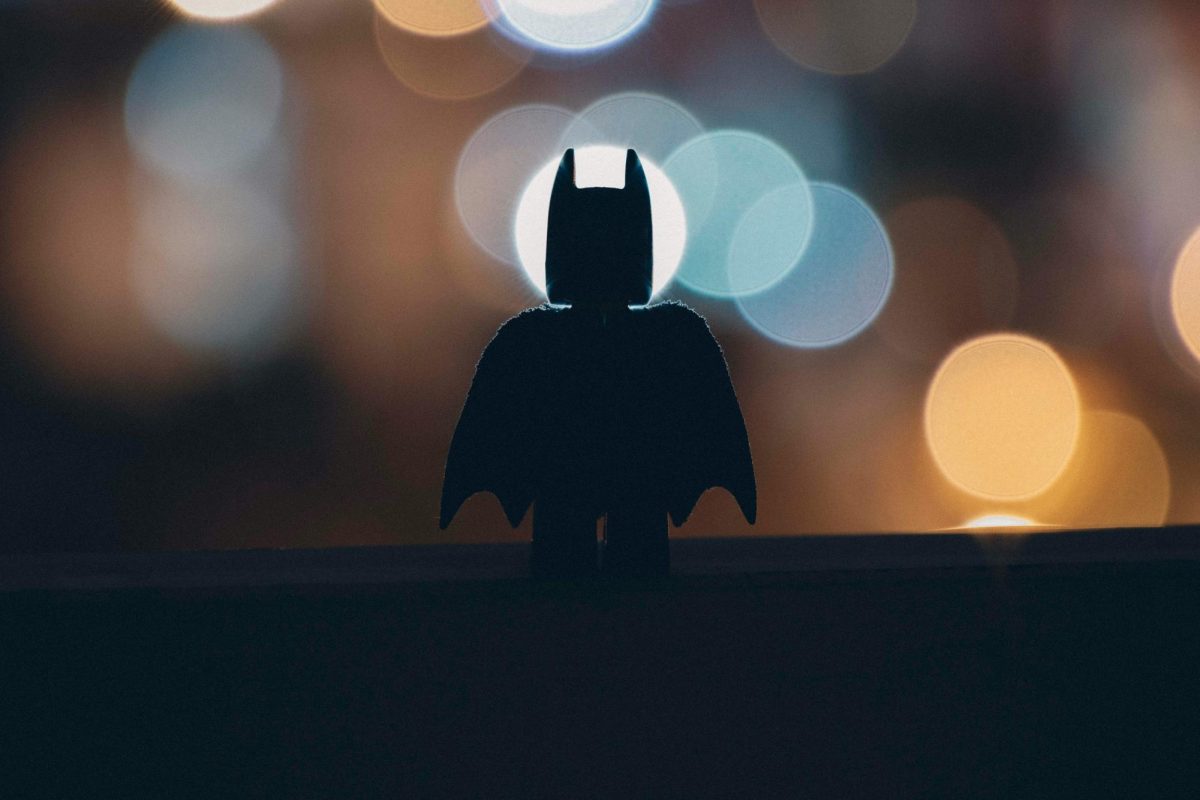Growing up, pretty much everyone latches onto a different coming-of-age movie that inspires their teenage years. Whether this movie is their favorite because they first read the novel it was based on, they love a specific actor, or they have experienced the movie’s events themselves, society loves a good, but often cheesy, comfort movie. Such movies often have common plots, usually involving a high school student experiencing either a life-changing event or just trying to get through being young and dumb.
In these movies, a “glow-up” scene is often used as a determining plot device. What I mean by determining is that it is pivotal and essential to the movie’s climax or ending. A glow-up scene can never happen too early, or else the movie would be too short! When you hear “glow-up,” your first thought is probably scenes from movies like Pretty Woman, Mean Girls, or Clueless, where an already beautiful girl is made “prettier” by another person or group of people, most often in hopes of gaining some kind of attention. Besides physical glow-ups that consist mostly of haircuts, outfit changes, and contacts, I’d like to mention the personality changes that sometimes come with these plot points.
I’m going to use the movie Mean Girls as my prime example of a “personality glow-up,” for better or for worse. So, for those of you who have been living under a rock and somehow don’t know what Mean Girls is, here’s a plot summary: Cady Heron is new in town and quickly learns how American high school works from her new best friends, Janis and Damian. These said best friends tell Cady all about cliques and cliches and the teenage hierarchy by telling her about “The Plastics,” a female friend group consisting of Queen Bee Regina George, big-haired Gretchen Wieners, and dumb blonde Karen Smith. Cady quickly loses herself to “The Plastics’” glitz and glamour and becomes someone unrecognizable. After Cady’s descent into girly madness, Janis and Damian try to make her see the light, but she abandons them. Cady eventually comes around and returns to who she was after a huge drama outbreak. So now that you basically know what happens, I wanna play the Devil’s advocate and say that I fully understand Cady’s perspective. It’s hard to stay true to yourself when you are thrust into a new environment with new people who present themselves in an altered light. When Cady started wearing pink and became a mean girl herself, she was still Cady, just in a different way. These events were crucial to Cady becoming who she was meant to be. Her character development made her that much more lovable at the end, just like in real life. We all go through trials and tribulations in high school, and Mean Girls is the perfect, over-the-top example of this.
Besides the Mean Girl glow-up, there is also what I’ve heard called “the ugly duckling glow-up.” The Ugly Duckling glow-up can be seen in movies like The Duff, She’s All That, and Clueless, where pretty girls who are classified as tomboys, rough, too smart, or even ugly are transformed into a girlier version of themselves to try and get the guy. These glow-ups have recently come to be scrutinized in the public eye as they’re damaging to young girls’ self-esteem. I see where such critiques are coming from; however, I have to somewhat disagree. Yes, when looked at from a very standard surface-level view, changing someone’s appearance can be seen in a negative light. Even though it is wrong to change yourself for someone else, these movies often end with the girls finding a toned-down version of their glow-up that combines their past self and new self. The “Ugly Duckling” glow-up is not what it seems on the surface. It is often about young girls finding their true selves, not abandoning their identities.
All this being said, glow-up scenes are not the worst thing in the world. They are a fun way to symbolize growing up and maturing. Glow-ups are just a plot device that should not be taken too seriously. So, I’m definitely going to keep watching my cheesy coming-of-age movies, and you should too.








